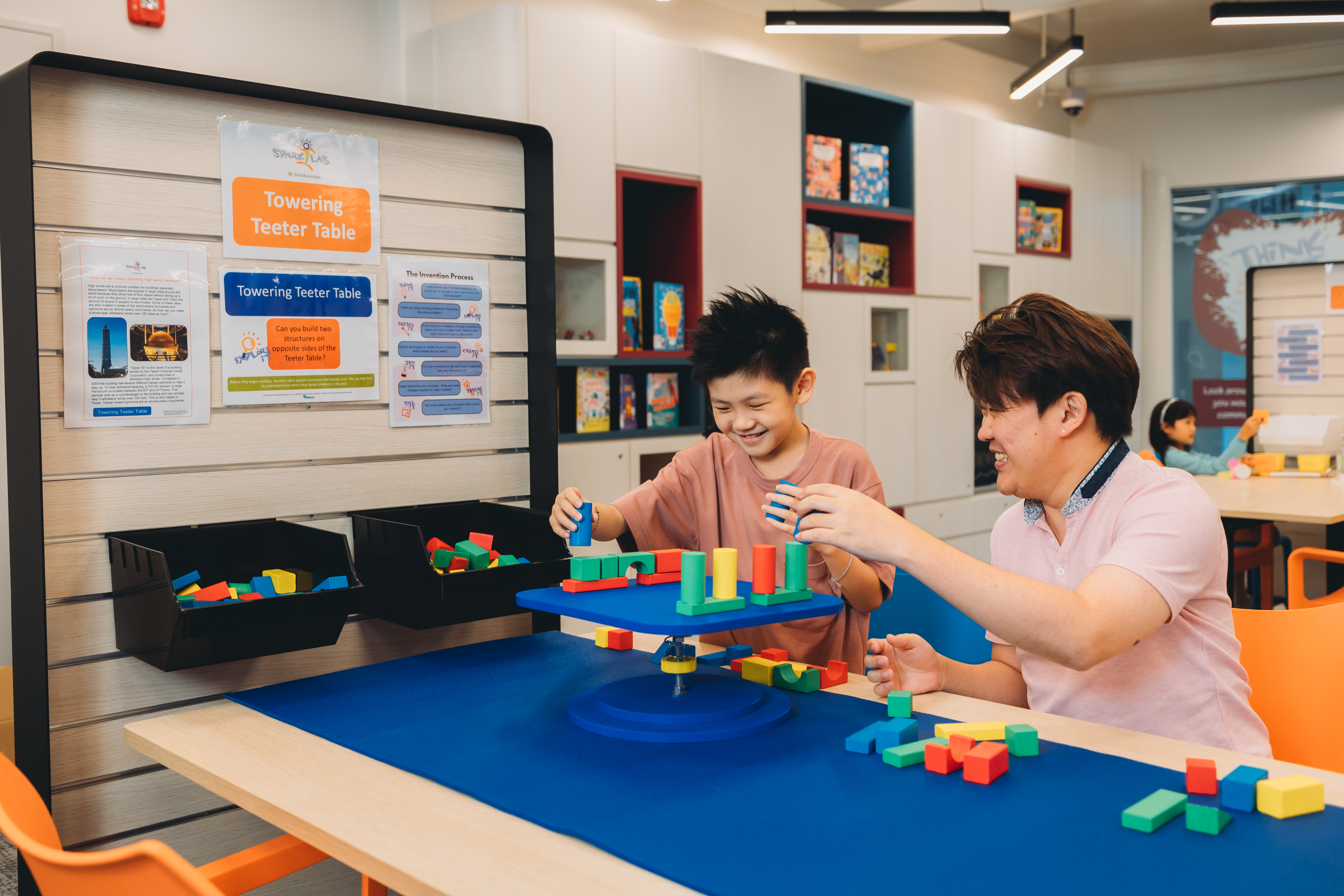
Graphic Novel Recommendations
What are graphic novels?
Graphic novels are picture books that are drawn in a similar way to comic books. Storylines of graphic novels are told in a series of panels with narratives, dialogues, and exclamations. (Scholastic, 2015) In this month’s book recommendations, we suggest some graphic novels in English and Chinese that provide rich visuals to motivate children to read. We have also included some picture books below for the younger ones!
English Graphic Novels
1.
These novels are centred on main characters that everyone is familiar with and could be a good starting point to get children interested in reading more books.
> Recommended for ages 8 and above
> Available in NLB Libraries
2.
For children (and adults) who like adventure and science-fiction stories. This novel also touches on how Robin Hood uses his talent to do good in the world.
> Recommended for ages 8 and above
> Available in NLB Libraries
Chinese Graphic Novels
The illustrations are visually appealing and engaging. This is an interesting series as the books are also a bilingual flipbooks, with English on one side and Chinese on the other.
> Recommended for ages 3 and above
> Available in the Dim Sum Warriors Mobile application
2.
This is a light-hearted read, with little text and vibrant graphics that would appeal to readers.
> Recommended for ages 8 and above
> Available as e-book on NLB Library website (requires login)
For the little ones (Picture books)
- ‘The Lion Inside’ is an inspiring and comforting story which teaches all of us that we all have our personal fears, regardless of whether we are as ‘big’ as a lion or as ‘small’ as a mouse. However, we can still overcome these fears, even if we are ‘small’. Moreover, it is easy to immerse in the engaging and captivating illustrations.
> Recommended for ages 3 and above
> Available in NLB Libraries
- ‘The Bad Seed’ is a touching story which teaches us an important lesson where we always have the ability to change for the better, with hope and willpower.
> Recommended for ages 3 and above
> Available in NLB Libraries and on NLB Mobile application
References
Scholastic. (2015). Scholastic | books for kids | learning resources. https://www.scholastic.com/graphix_teacher/pdf/Graphix%20Teachers%20guide.pdf
Drafted by: Serena
Edited by: Michelle, Phoebe













